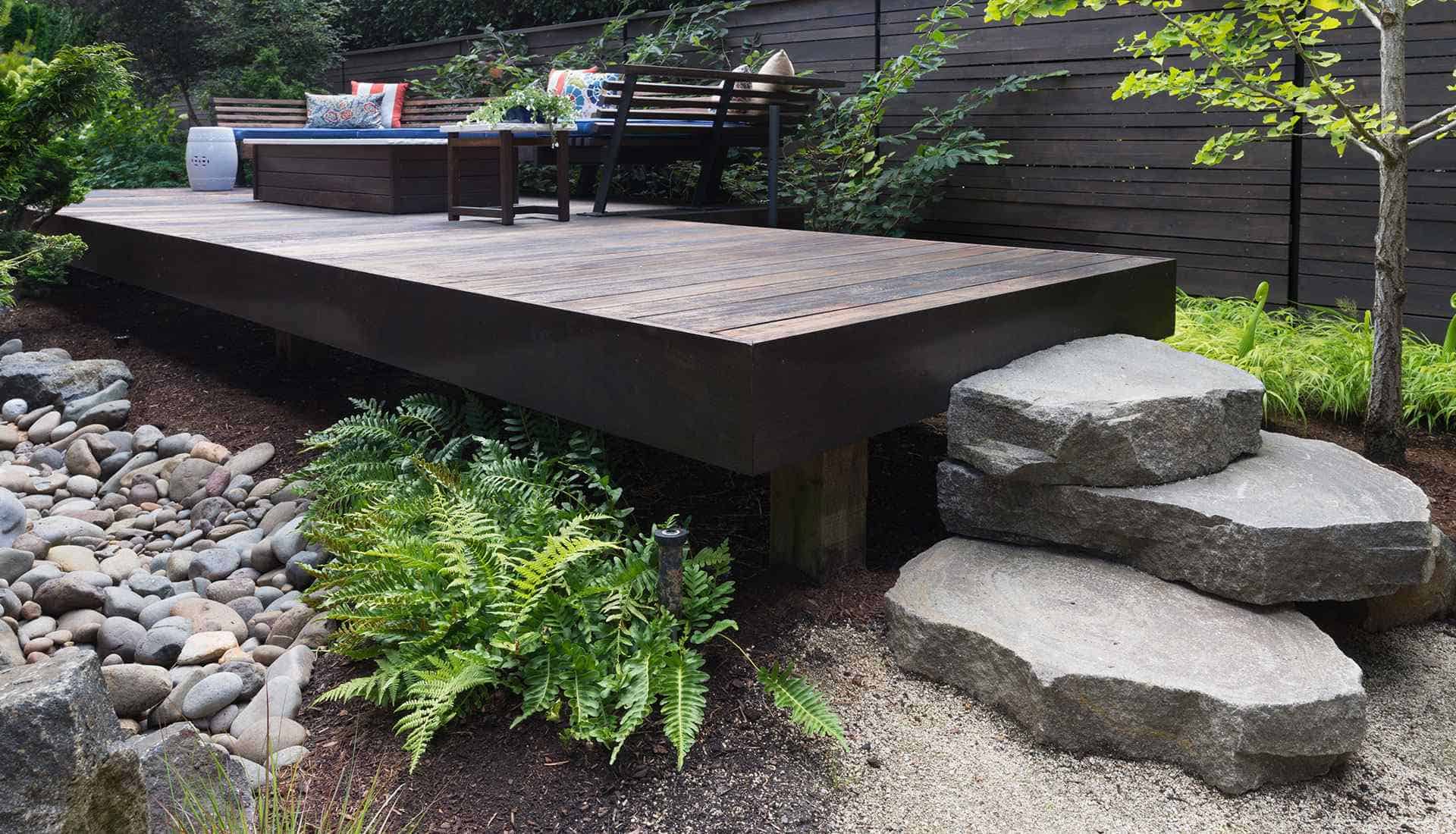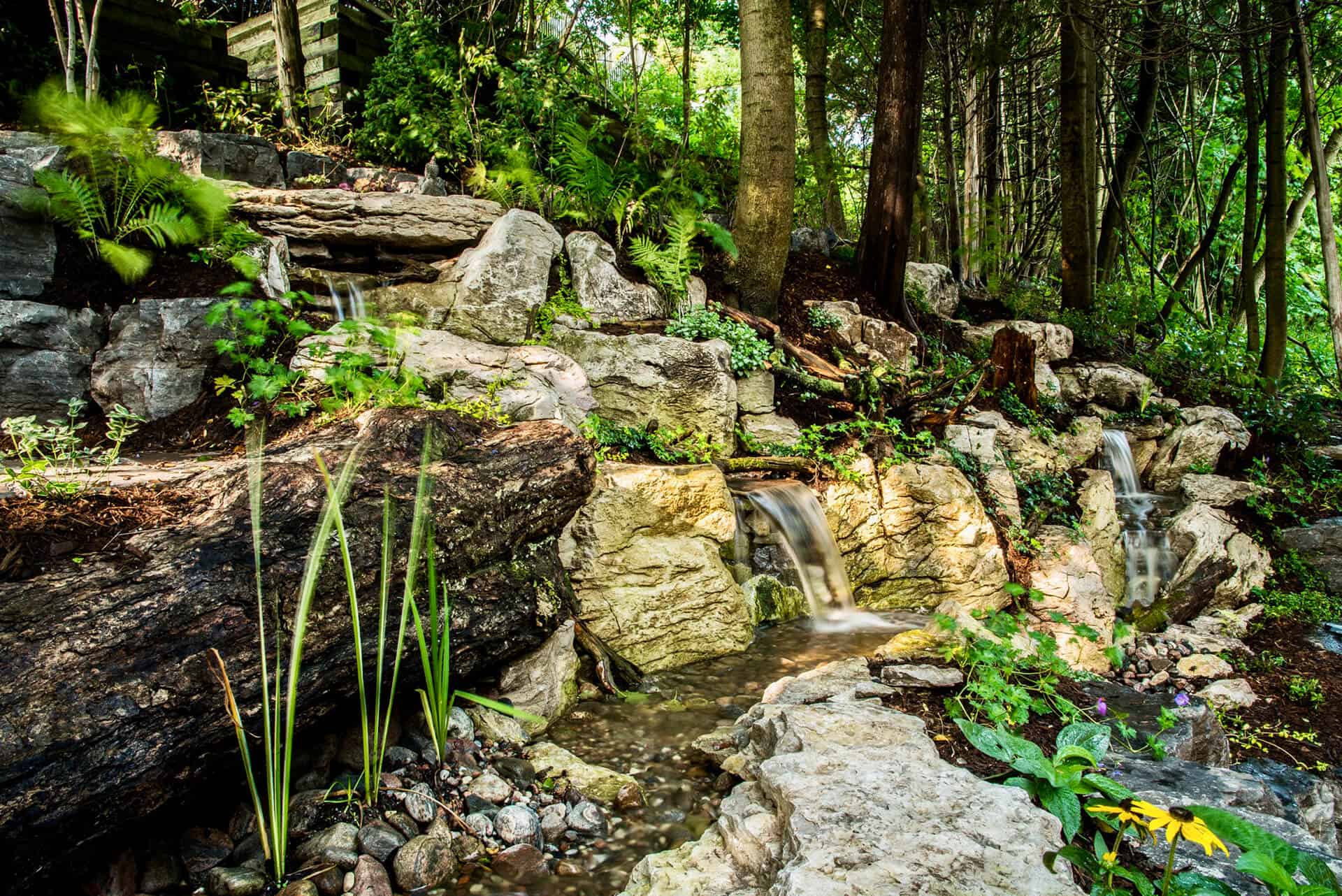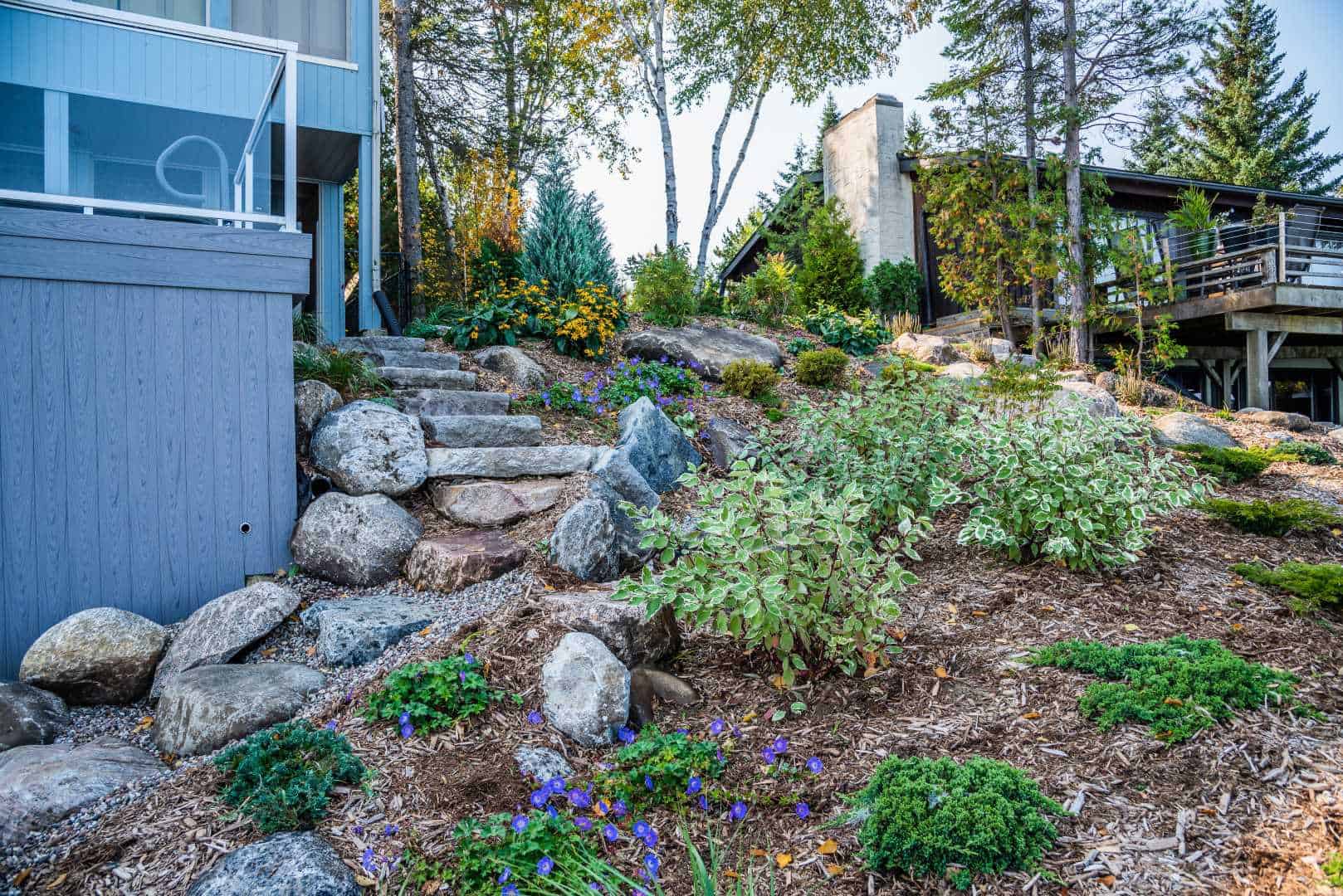Landscaping shady areas in your garden presents unique challenges but also offers the opportunity to create lush, tranquil retreats that can transform your outdoor space. Whether under the canopy of mature trees or beside north-facing walls, shady spots require thoughtful consideration of plant choices and design elements to thrive. This article explores various landscaping ideas tailored specifically for shady areas, ensuring these parts of your garden are just as inviting as sunny spots. From selecting the right plants to incorporating structural elements, we’ll guide you through enhancing your garden’s shaded spaces.
Understanding the specific type of shade in your garden—whether it’s dappled, partial, or full shade—will help determine the most suitable plants and layout. Each category has its own set of suitable plants and decorations that can not only survive but flourish, turning potential problem areas into highlights of your landscape.
Choosing Plants for Shady Areas
Selecting the right plants for shady areas is essential to creating a thriving garden space without abundant sunlight. In this section, we will explore various plants that excel in shaded environments, offering both beauty and resilience. From lush foliage to colorful blooms, understanding which plants can flourish in low light conditions will help you enhance the visual appeal and biological diversity of your garden. We’ll provide guidance on how to mix textures, colors, and growth habits to achieve a balanced and attractive landscape, even in the most challenging shaded spots.
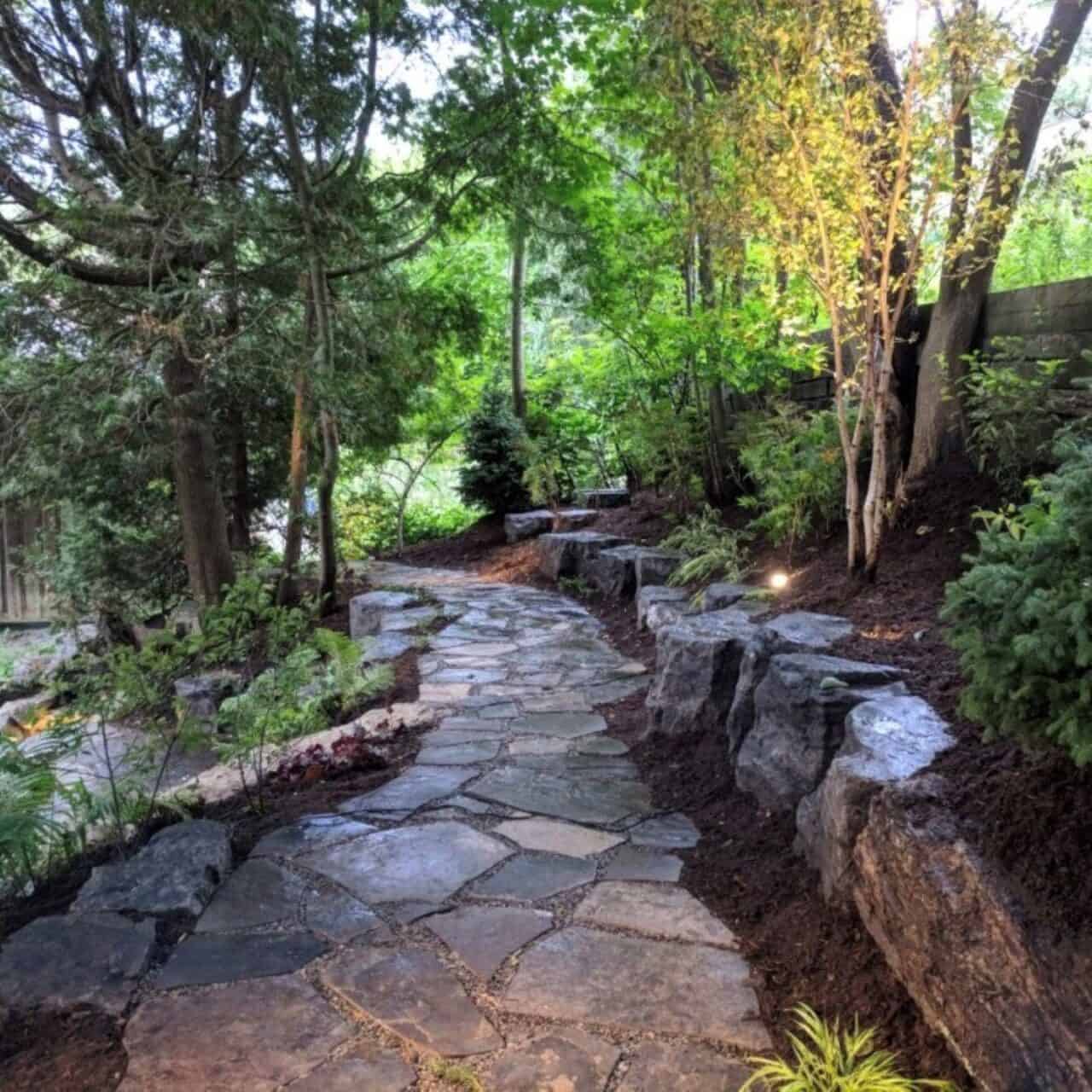
Selecting Shade-Tolerant Plants
The success of landscaping in shady areas largely depends on selecting the right plants that can thrive without direct sunlight. Hostas, ferns, and astilbes are excellent choices for perennials, providing lush foliage and varying textures that can brighten up dim areas. These plants require minimal sunlight, preferring the cooler, moister conditions often found in shaded areas.
In addition to perennials, incorporating different levels of planting can add depth and interest to your garden. Taller shrubs like rhododendrons and hydrangeas can create a backdrop, while lower-growing plants like impatiens and bleeding hearts fill in the midground with bursts of color. These selections not only adapt well to lower light conditions but also contribute to a layered look that enhances the overall aesthetic of your shaded retreat.
Utilizing Color to Enhance Visual Appeal
Color plays a crucial role in brightening shady areas. While lush greens are a staple in shade gardening, introducing plants with colorful foliage or flowers can make a significant visual impact. Consider adding plants with variegated leaves or those that bloom in shade-friendly colors such as blues, pinks, and whites. Plants like caladiums or Japanese painted ferns offer striking foliage that stands out in low-light conditions, providing visual interest throughout the season.
Using color effectively can transform a shaded garden area from a forgotten corner into a standout feature of your landscape. Strategically placing these plants where they can catch whatever light is available will help maximize their impact and create a more dynamic garden view.
Designing Functional Spaces in Shaded Areas
Designing functional spaces in shaded parts of your garden involves more than just planting; it requires thoughtful integration of structural elements and leisure areas that complement the natural landscape.
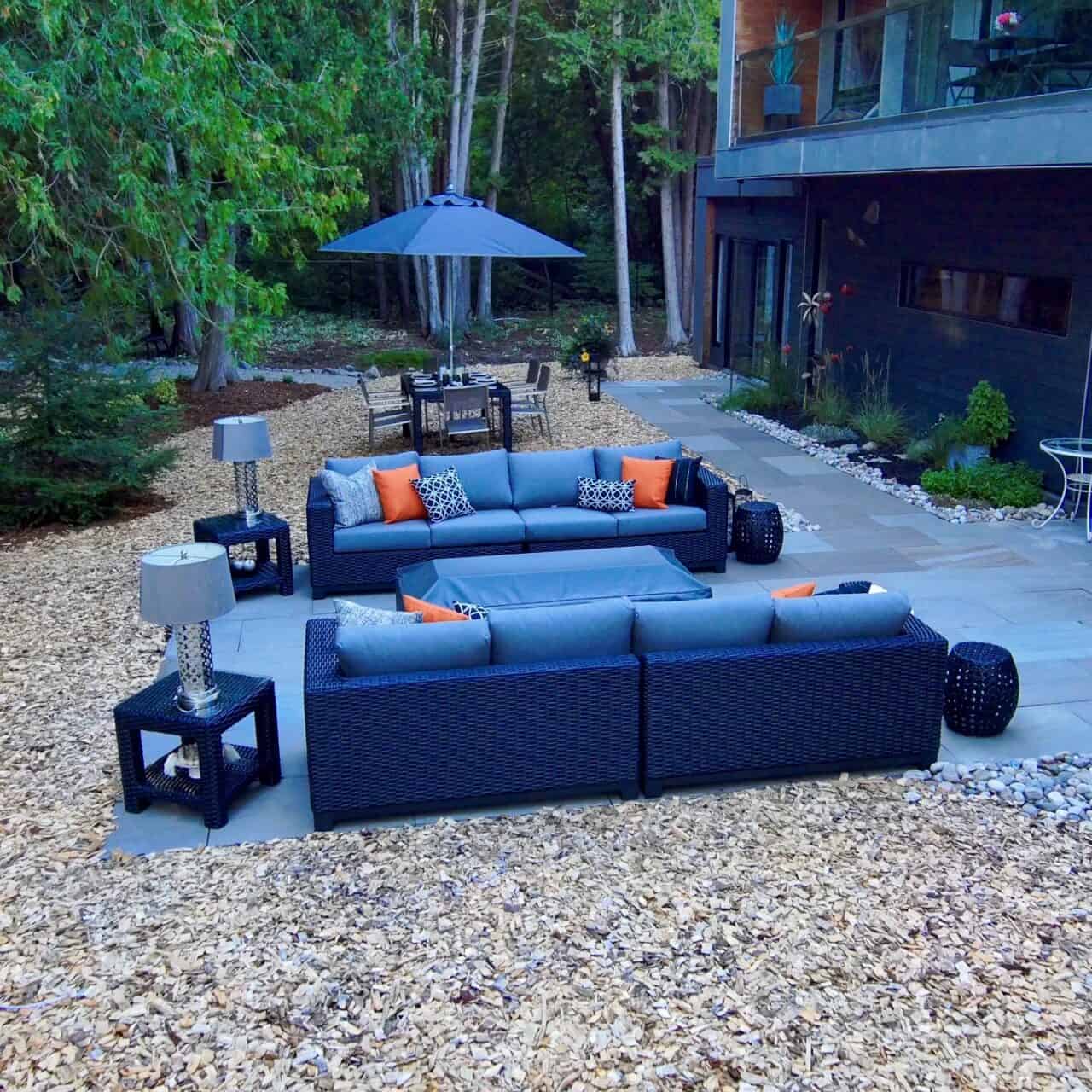
This section will focus on how to effectively utilize shaded areas by creating comfortable seating options, picturesque pathways, and even water features that transform these spaces into tranquil retreats for relaxation and entertainment. We’ll discuss different ways to arrange these elements to maximize usability and enjoyment, ensuring that every part of your garden is fully optimized and inviting.
Creating Seating Areas and Pathways
Shady areas in a garden provide a perfect setting for creating serene seating areas where you can relax or entertain away from the heat of direct sunlight. Consider integrating comfortable seating options like a bench or a hammock nestled among the greenery, enhancing the space’s natural tranquility. Adding stepping stones or a decorative gravel path can improve accessibility while complementing the natural landscape.
For a cohesive look, materials used in pathways and seating should harmonize with the rest of the garden. Natural stone and rustic woods are excellent choices as they blend well with the garden’s surroundings and are durable enough to withstand damp conditions often found in shady areas.Utilizing ground covers within the patio or along the edges can soften the look and add a whimsical feel to the seating area.
Incorporating Water Features
Water features such as fountains, pondless waterfalls and small ponds are especially appealing in shady gardens, as they add a sense of movement and sound that enhances the peaceful atmosphere. The reflective surface of water can also brighten a dim garden area by catching and dispersing light. When choosing a water feature, consider the scale of your space and the maintenance required to keep the water clean and flowing smoothly. Since algae feeds off sunlight, water features located in low light areas often require much less maintenance than traditional ponds and bodies of water.
Water features not only serve as stunning focal points but can also attract wildlife such as birds and butterflies, bringing life to your garden and creating a dynamic ecosystem even in shaded spots. In heavily shaded areas, water features promote the accelerated growth of many different variations of natural mosses that add a timeless, magical element to the landscape.
Conclusion: Transform Shady Areas with Pritty Landscapes Inc.
At Pritty Landscapes, we excel in transforming shady areas into beautiful, functional spaces that enhance the overall beauty of your garden. Our expertise in selecting the right plants and designing unique landscapes tailored to shaded environments ensures that every corner of your outdoor space is utilized and enjoyed.
Visit us at Pritty Landscapes Inc. to explore how we can help you turn your garden’s shaded areas into stunning retreats. Let us bring our passion and creativity to your landscape, making every part of your garden a memorable place to spend your time.

